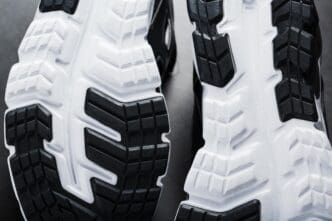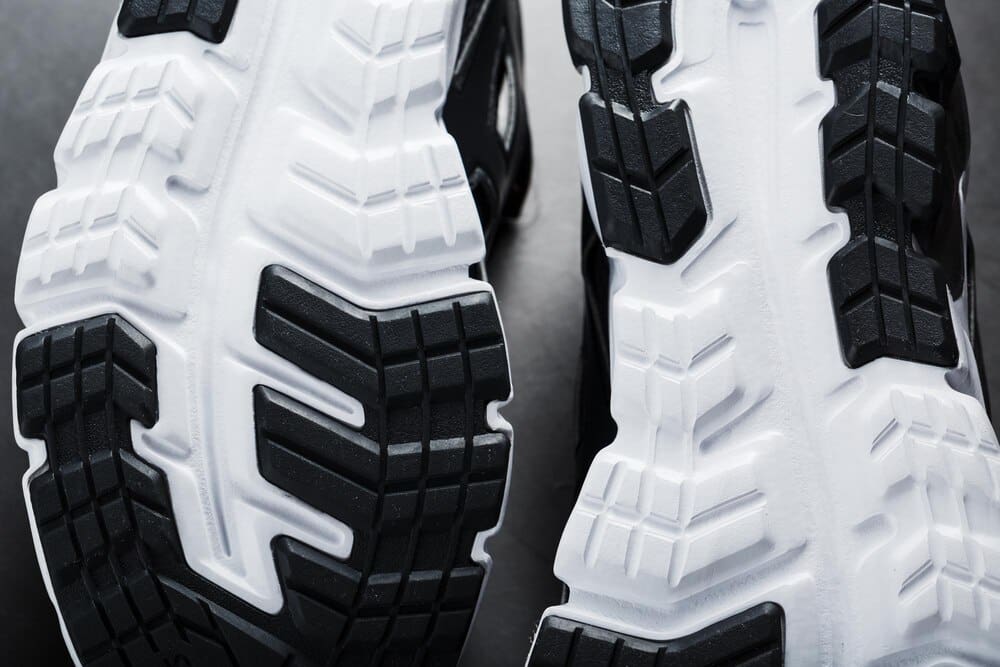For runners with high arches, finding the right running shoe is not just about comfort—it is a critical component of injury prevention. Individuals with this foot type, known clinically as pes cavus, often experience underpronation (or supination), where the foot rolls outward upon landing. This gait pattern concentrates immense pressure on the outer edge of the foot and significantly reduces the body’s natural shock absorption capabilities. The ideal shoe counteracts this by providing substantial, high-quality cushioning, a neutral support platform that allows for natural foot motion, and a flexible construction that doesn’t fight the foot’s mechanics, ultimately protecting the ankles, shins, knees, and hips from repetitive impact-related stress.
Understanding High Arches and Their Impact on Running
A high arch is a structural characteristic of the foot where the instep is raised higher off the ground than average when standing. While less common than flat feet, this foot type presents a unique set of biomechanical challenges for runners.
The primary issue stems from how the foot lands and moves through the gait cycle. A “normal” foot pronates slightly inward, which helps to distribute the force of impact evenly across the foot. A foot with a high arch, however, is often more rigid and tends to supinate, or roll outward. This means the shock of each footstrike is not absorbed efficiently and is instead sent straight up the leg.
This poor shock absorption and focused pressure can lead to a host of common running injuries. These include plantar fasciitis (inflammation of the tissue connecting the heel to the toes), metatarsalgia (pain in the ball of the foot), stress fractures in the foot and lower leg, and persistent ankle sprains.
Do You Have High Arches? The Wet Test
A simple way to get a general idea of your arch type is the “wet test.” First, wet the bottom of your foot. Then, step firmly onto a flat surface that will show an imprint, such as a piece of cardboard, a paper bag, or a dark tile floor.
Examine the footprint you’ve left behind. If you have a high arch, you will likely see an imprint of your heel and the ball of your foot, with a very thin, curved line connecting them, or perhaps no connection at all. This indicates that the middle part of your foot does not make full contact with the ground.
While this test is a helpful starting point, for a definitive analysis, consider visiting a specialty running store. Staff there can perform a gait analysis, observing you walk and run to assess your foot mechanics in motion and provide a more accurate recommendation.
Key Features to Look For in a Running Shoe
When shopping for running shoes for high arches, certain features are non-negotiable. Prioritizing these elements will help ensure you get the protection and comfort you need to run safely and consistently.
1. Superior Cushioning
Cushioning is the single most important feature for a runner with high arches. Since your foot is a poor shock absorber, your shoe must take on that role. Look for shoes with a generous amount of midsole cushioning.
Modern running shoes use advanced foam compounds like EVA (ethylene vinyl acetate) and TPU (thermoplastic polyurethane) that are engineered to be lightweight, responsive, and durable. Brands have proprietary names for their foams, such as Brooks’ DNA LOFT, Hoka’s PROFLY+, or New Balance’s Fresh Foam X. Shoes marketed as “plush,” “soft,” or “max-cushioned” are often excellent starting points.
2. A Neutral Support Platform
It’s crucial to understand the difference between “stability” and “neutral” shoes. Stability shoes are designed with features like guide rails or medial posts to correct overpronation (where the foot rolls too far inward). For a runner with high arches who supinates (rolls outward), a stability shoe can do more harm than good by pushing the foot even further outward.
You need a neutral shoe. A neutral shoe lacks these corrective elements and provides support through its inherent structure and cushioning, allowing your foot to move through its natural path without interference. The “support” you seek comes from a well-cushioned base that cradles the entire foot, not from motion-control technology.
3. Ample Flexibility
A rigid, high-arched foot does not pair well with a stiff, unyielding shoe. A shoe that is overly rigid can restrict the natural, albeit limited, flex of your foot, leading to discomfort and an inefficient stride. Look for a shoe that has a good amount of flexibility, particularly in the forefoot. This allows for a smooth transition from mid-stance to toe-off, which is essential for an efficient running gait.
4. A Forgiving Upper
People with high arches often have a high instep as well. This means the top of the foot can press uncomfortably against the tongue and laces of a shoe. Look for models with a soft, pliable, and slightly stretchy upper, often made from engineered mesh. This type of material will conform to the shape of your foot without creating pressure points or restricting circulation.
Top Running Shoe Models for High Arches
The following models are consistently recommended by running experts and praised by runners with high arches for their blend of cushioning, neutral support, and comfort. Remember to always try shoes on, as the “best” shoe is ultimately a personal choice.
Brooks Glycerin & Brooks Ghost
The Brooks Glycerin is the brand’s premium, max-cushion neutral trainer. It features a significant amount of soft, nitrogen-infused DNA LOFT v3 cushioning that excels at absorbing impact. The Ghost is its slightly less cushioned but equally popular sibling, offering a balanced ride that is soft without feeling mushy. Both are go-to recommendations for supinators.
Hoka Clifton & Hoka Bondi
Hoka is synonymous with maximalist cushioning. The Bondi is their most cushioned shoe, providing a deeply plush and protective ride that is ideal for runners who want to feel completely insulated from the ground. The Clifton is a bit lighter and more versatile, offering a signature Hoka cushioned feel that works well for daily training. Both feature Hoka’s early-stage Meta-Rocker geometry, which helps promote a smooth, rolling transition from heel to toe.
New Balance Fresh Foam X 1080 & 880
The New Balance Fresh Foam X 1080 is a premium daily trainer known for its soft, yet responsive, ride. The Fresh Foam X midsole provides excellent shock absorption, while the modern, data-driven design ensures comfort all around the foot. The 880 is the brand’s workhorse neutral trainer, offering a slightly firmer but highly reliable and well-cushioned experience that many runners with high arches depend on.
Saucony Triumph & Saucony Ride
The Saucony Triumph is a max-cushion neutral shoe that uses the brand’s PWRRUN+ foam, a TPU-based compound known for being bouncy, responsive, and highly durable. It provides exceptional comfort and impact protection for long miles. The Saucony Ride is a more traditional daily trainer, offering a balanced level of PWRRUN cushioning that feels both protective and efficient.
ASICS GEL-Nimbus & GEL-Cumulus
The ASICS GEL-Nimbus has been a favorite among neutral runners for decades. The latest versions feature plush FF BLAST PLUS ECO foam combined with signature GEL technology in the heel for superior shock absorption. It’s a soft, protective shoe perfect for high-arched runners. The GEL-Cumulus is its versatile counterpart, offering a slightly more connected-to-the-ground feel but with plenty of cushioning for daily runs.
Beyond the Shoe: Other Aids for High Arches
While the right shoe is your first line of defense, a few other strategies can further enhance comfort and reduce injury risk.
Insoles and Orthotics: Over-the-counter insoles designed for high arches can provide targeted support and fill the gap between your arch and the shoe’s footbed. This can help distribute pressure more evenly across the foot. For persistent issues, a podiatrist may recommend custom orthotics molded specifically to your foot.
Stretching and Strengthening: A rigid foot often comes with tight calf muscles and a tight plantar fascia. Regularly performing calf stretches, foot-strengthening exercises (like towel scrunches), and gently stretching the plantar fascia can improve your foot’s biomechanics and resilience.
Proper Lacing Techniques: If you have a high instep, a “window” or “gap” lacing technique can relieve pressure on the top of your foot. This involves skipping one or two eyelets directly over the highest point of your instep, creating a pressure-free zone.
Ultimately, running with high arches requires a proactive approach to footwear. By prioritizing plush cushioning, a flexible and neutral platform, and a comfortable fit, you provide your body with the tools it needs to absorb impact and move efficiently. Investing the time to find the right shoe is an investment in your long-term health, allowing you to pursue your running goals with confidence and comfort for years to come.







